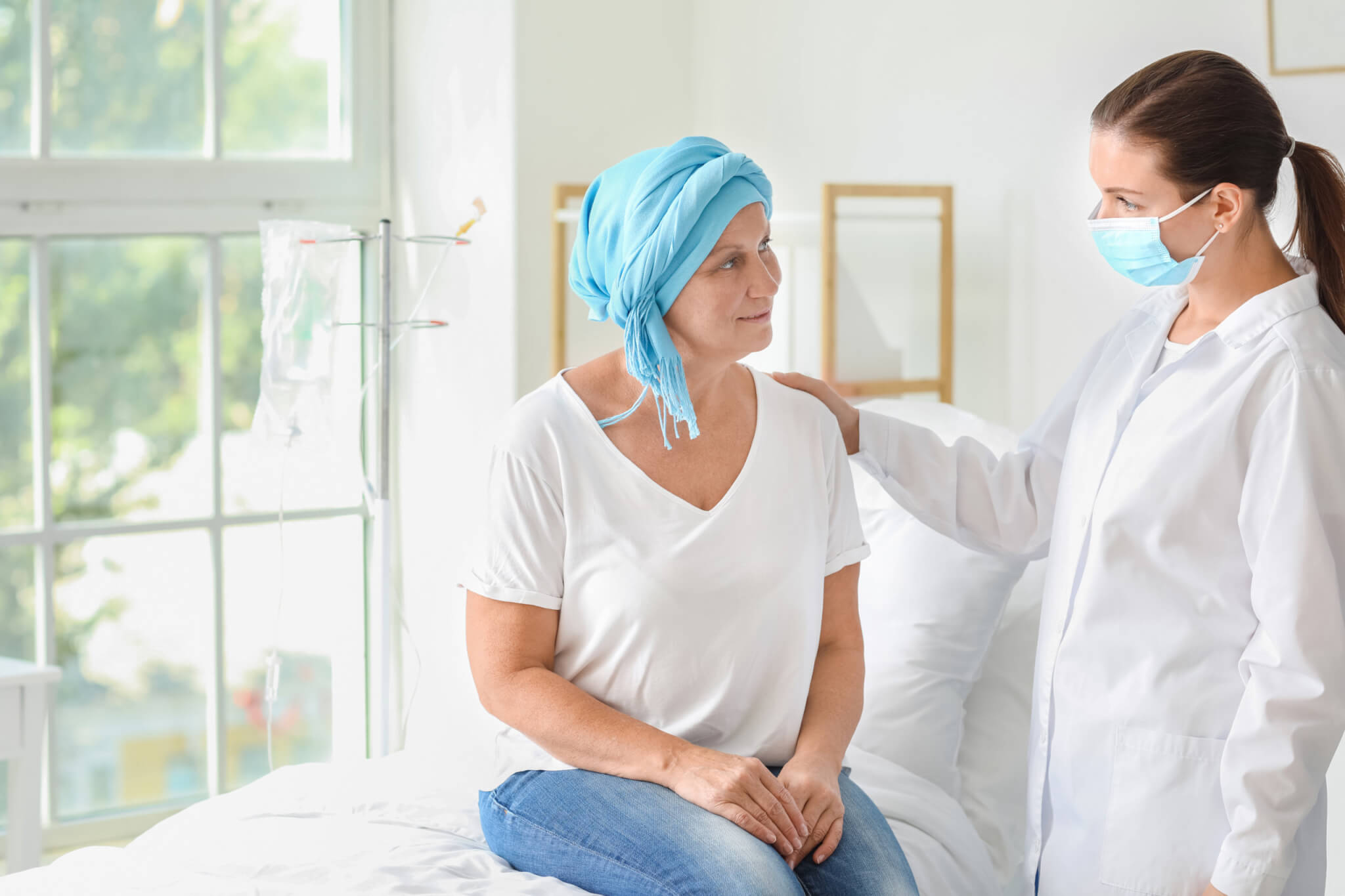What is the key to the best possible outcome with a diagnosis of breast cancer? Early detection. What is the key to early detection? Know your risk.
The National Cancer Institute has developed a Breast Cancer Risk Assessment Tool (BCRAT) to estimate a woman’s breast cancer risk. The tool adds another layer of protection, in addition to imaging, blood tests, history, and physical examination used to screen for and evaluate breast disease.
Actor Olivia Munn credits the BCRAT with leading to her diagnosis of breast cancer one year ago. Munn, 43, had negative tests for breast cancer genes and a normal mammogram in February 2023. However, her doctor took another step which may have been lifesaving – she calculated Munn’s breast cancer risk assessment score. It indicated that her lifetime risk for breast cancer was 37 percent. That’s greater than a one in three chance that she’d develop breast cancer.
Munn’s score indicated a need for additional evaluation. An MRI of her breasts led to a breast ultrasound and biopsies. The diagnosis was an aggressive form of cancer named Luminal B. Thirty days after biopsy she had a double mastectomy.
So, what should you know about this test that Munn says helped to save her life?
The BCRAT, also called the Gail Model, helps to estimate a woman’s risk of developing invasive breast cancer over the next five years and up to age 90 (lifetime risk). It uses a woman’s personal medical and reproductive history and the history of breast cancer among her first-degree relatives. The formula includes:
- Current age
- Age at first menstrual period
- Age at first live birth of a child
- First degree relatives (mother, sisters, daughters) with breast cancer
- Number of previous breast biopsies
- History of atypical hyperplasia on previous biopsies
The formula is designed for use by health professionals. Women who choose to do their own calculation are encouraged to review it with their healthcare provider.

The tool has been validated for women who are Black/African American, Hispanic, Asian, Pacific Islanders, and White women in the United States. Since data is limited, the tool may not be accurate for American Indian and Alaskan Native women. The National Cancer Institute says the tool may also underestimate risk in Black women with previous biopsies and Hispanic women born outside the U.S.
The BCRAT is not accurate for estimating breast cancer risk in:
- Women with a mutation in genes BRCA1 or BRCA2 associated with producing breast cancer.
- Women with a history of invasive or in situ breast cancer.
- Women who have received radiation treatment to the chest.
- Women with rare breast cancer-causing syndromes.
Most women, 85 to 90 percent, who get breast cancer have no family history of the disease. Based on current incidence rates, 12.9 percent of women born in the United States today will develop breast cancer at some time during their lives. This estimate, from the most recent SEER Cancer Statistics Review (a report published annually by the National Cancer Institute’s [NCI] Surveillance, Epidemiology, and End Results [SEER] Program), is based on breast cancer statistics for the years 2015 through 2017.
This estimate means that, if the current incidence rate stays the same, a woman born today has about a 1-in-8 chance of being diagnosed with breast cancer at some time during her life. That’s plenty of reason to use whatever tools are available to determine your unique, personal risk for breast cancer.
